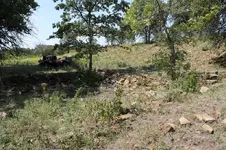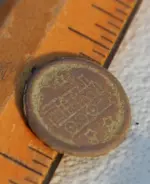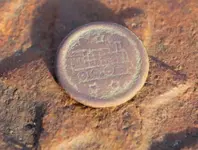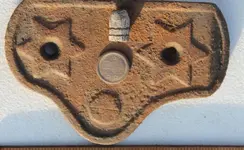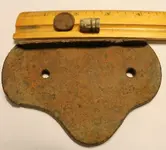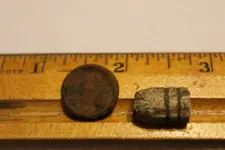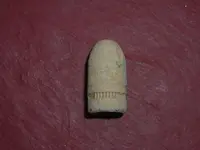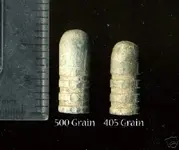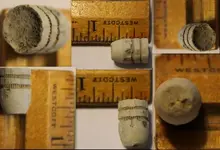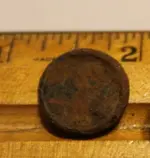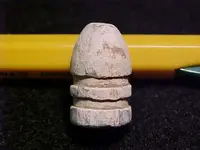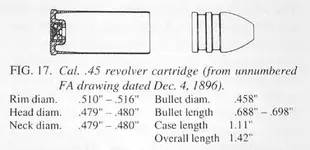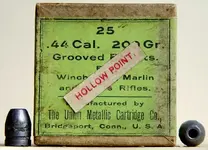Regarding the "45-70 flat nose 300 Grain WRA bullet" you're asking about:
In all my years of research, I've never come across an "antique" .45-70 bullet which is lead-only (not copper-jacketed) and has a "true" flat nose (like the bullet found by Charmin). All of the 1870s-1890s lead-only .45-70 bullets I've seen have either a rounded or semi-rounded nose. I've never seen the lead-only bullet you mention as being in the 1897 Sears catalog. So, I cannot answer your question from "direct observation." I do know that the 1870s-1880s lead-only .45-70-500 and .45-70-405 had three grooves. Theoretically, it's possible that a .45-70-300, being a lighter, shorter bullet than the 500 and 405, might have had only two grooves. But I think it's more likely that it had three grooves, with just a shorter nose.
Yo asked if the .45 Colt Long cartridge's bullet had more than one groove. I assume you mean the cartridge for the US Army's Model-1874 Colt Revolver. If so, my answer is yes, it did. It had two grooves. See the photo at the end of this post, showing an excavated, white-patina specimen.
I asked Charmin to put the marked edge of a ruler up against the flat bottom of his bullet, and tell us (or show us in a photo) whether its diameter is closer to 3/8th-inch or 7/16th-inch. He still hasn't done that. I suspect that his flatnosed bullet with two reeded grooves is a .44 caliber, not a .38 caliber. Specifically, I think it is an 1880s-or-later .44-40 bullet, for the Model-1873 Winchester .44-40 Rifle. I've seen a photo of a flatnosed lead-only .44-40 which looks like an exact match for Charmin's except that this one is a hollow-point. See the other photo below.
